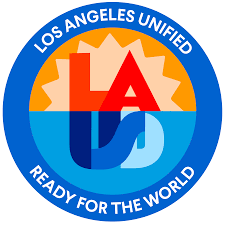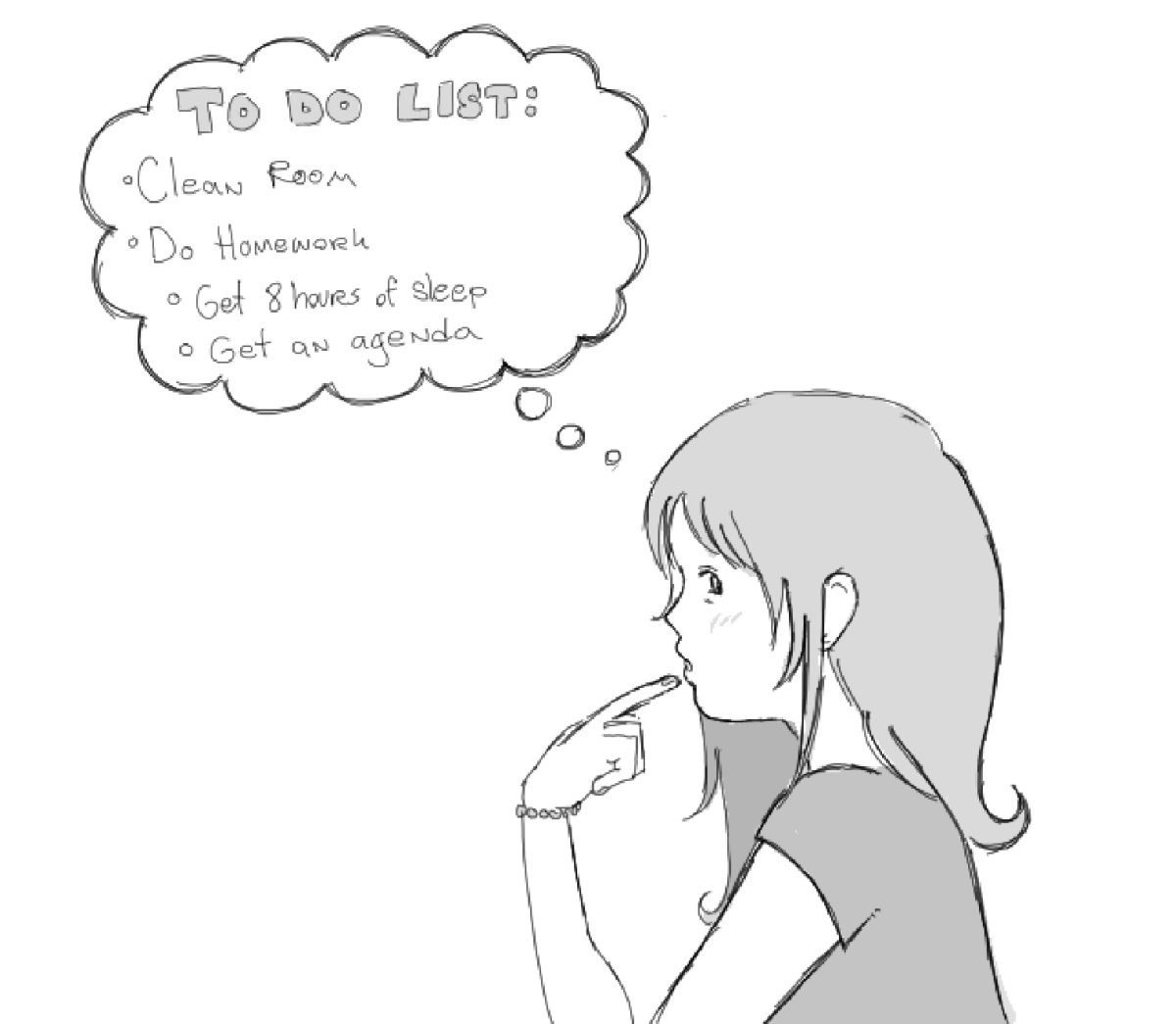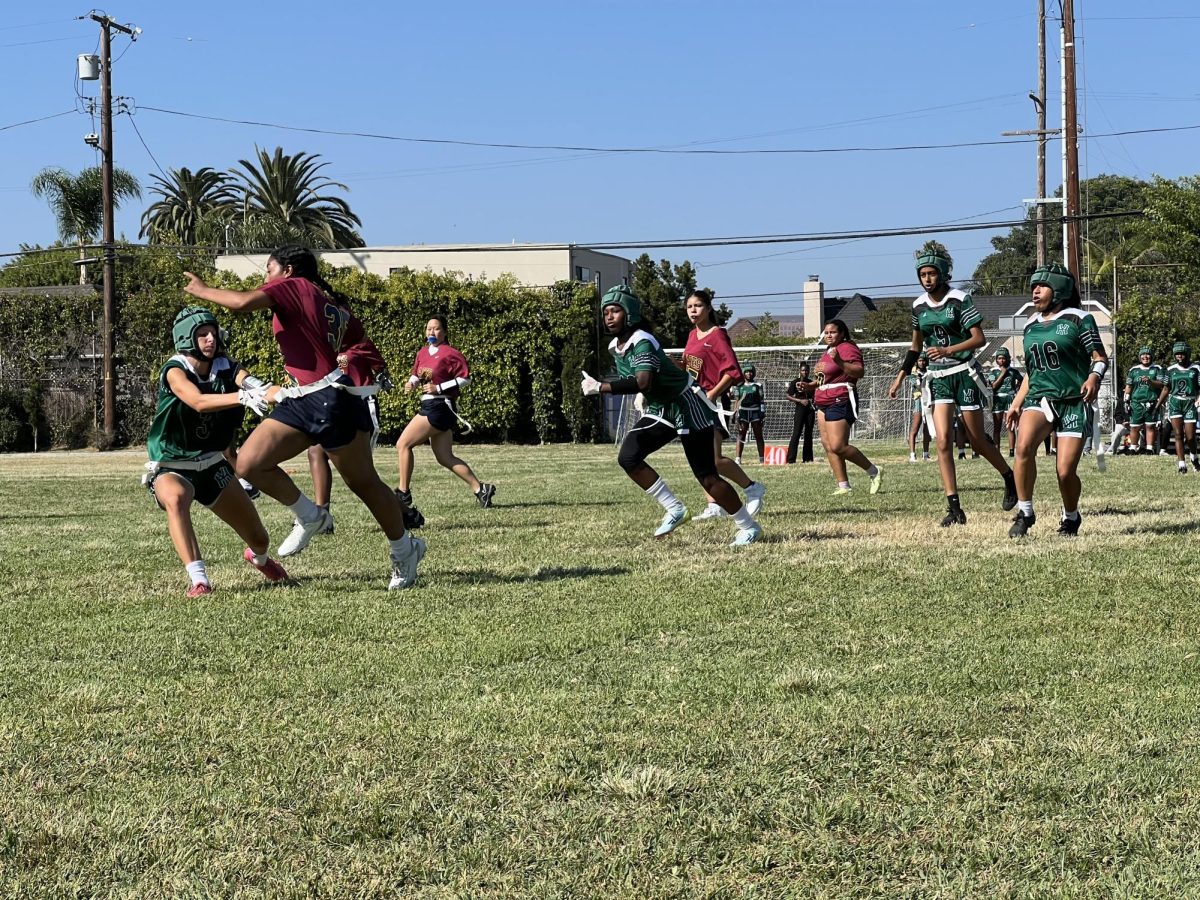Living in Los Angeles hasn’t been affordable for many Angelenos for quite some time, despite city efforts. If Angelenos do not have enough money to pay for their necessities, it becomes difficult to put food on the table, pay for transportation, and keep a roof over themselves and their family’s heads. If all of a person’s efforts are spent on just meeting basic needs, they cannot thrive as an individual or family.
“What that also means is for those Angelenos, many of them are a paycheck away from ending up on the streets,” said Los Angeles City Council President Paul Krekorian. “They lose their job, they have a medical crisis or for whatever other reason, if you (are) severely rent burdened, you’re at risk of becoming homeless.”
The City of Los Angeles is 500,000 units short on affordable housing according to the California Housing Partnership. Increased affordable housing has been shown to reduce poverty, increase economic mobility, and stimulate economic growth in local communities. Cities with less affordable housing tend to have higher homelessness rates on average. City officials hope building affordable housing will mean that more people who currently live on the streets can afford to put roofs over their heads.
“We have to build more housing, and especially more affordable housing in order to alleviate this high cost and the consequences of homelessness,” said Mr. Brandon Finch, an urban planner for Trifiletti Counseling.
In much of Los Angeles including the Mid-City area, affordable housing will be built near transit stops. With Los Angeles being spread out, taking public transportation from one area to another can take a long time. Living close to jobs, schools, and markets helps everyone, but it helps those who have less financial resources the most. If you live near transit stops, it takes less time to get to places of interest, making a huge difference by giving them more time and reducing cost of transportation. It also gives them freedom to explore and develop.
Los Angeles City Planning created the Transient Oriented Communities Services Incentive Program (TOC) so people who have difficulties affording housing can commute to work without needing a car. Affordable housing is not being built in most areas with high economic mobility though to this program due to density limitations. However, this program proposes increasing density limits by 50% citywide for the maximum amount of affordable housing to be more feasible. Residential and commercial areas are being up-zoned for developing affordable housing as well, including apartment complexes.
On the Westside, particularly in suburban Westchester, areas zoned for single-family homes and three-story apartments are being proposed to be rezoned as areas where five to fifteen-story buildings, largely apartment complexes, can be built, creating tension with residents. Westchester is a largely upper middle-class neighborhood near LAX made up of largely single-family homes with among the lowest population densities in the City of Los Angeles. Many residents have lived in the neighborhood for decades because of its calmness despite its close proximity to dense areas with many job opportunities, such as Playa Vista, LAX, and El Segundo.
“I don’t want high rise apartments in Westchester. It’s not going to be a nice little town. They’re not considering the sewage, internet, electricity, and all of the infrastructure,” said a longtime Westchester resident named Sheila.
The community alliance Concerned for Westchester Playa opposes the current plan due to it tripling the number of housing units in Westchester despite providing no infrastructure improvements, such as traffic mitigation, sewer upgrades, or provisions for increasing emergency services, such as police and fire departments.
In addition, Westside Councilwoman Traci Park has filed a resolution with the city council to support a bill in the state legislature only if it prohibits Coastal Zone areas designated as “very high fire severity zones,” which would prevent affordable housing from being built in much of the Westside outside of Westchester.
“The plan is called ‘Planning the Westside’, but it’s really planning parts of the Westside, with the wealthy areas with higher populations of White people not being targeted for rezoning,” said concerned Westchester resident Chris Deljin.













